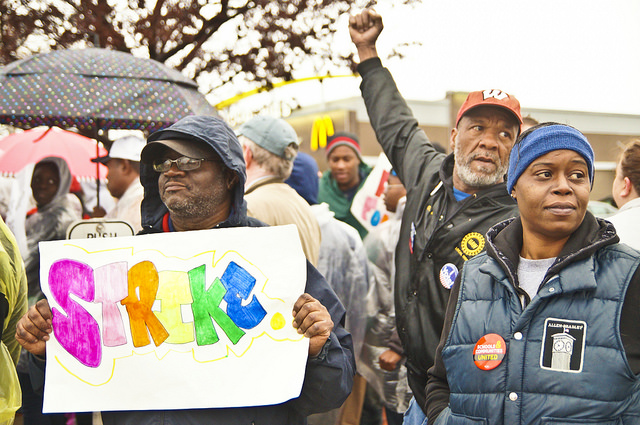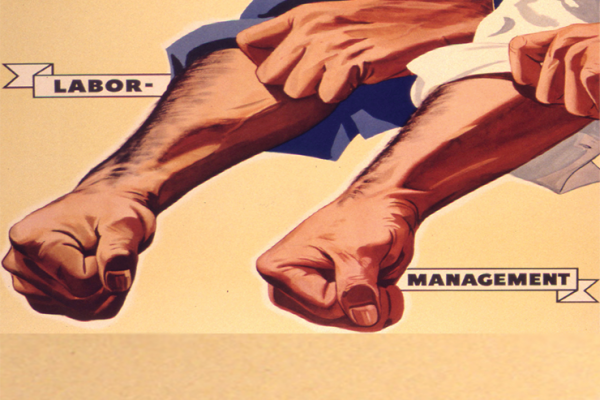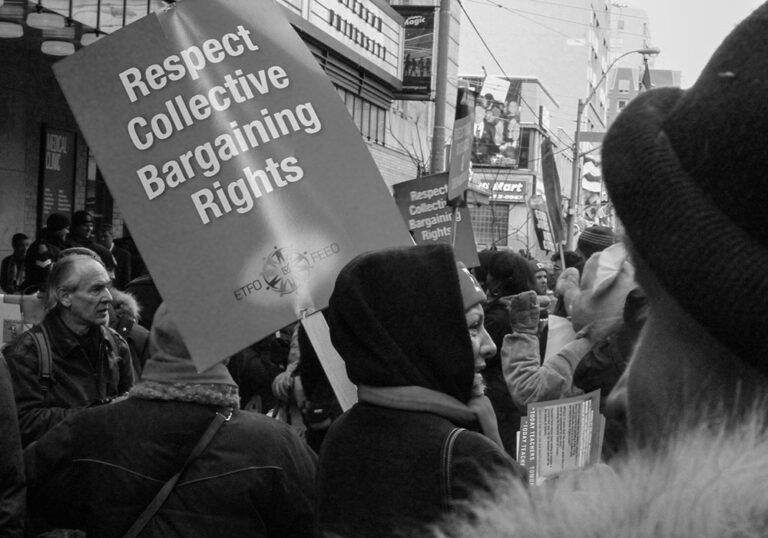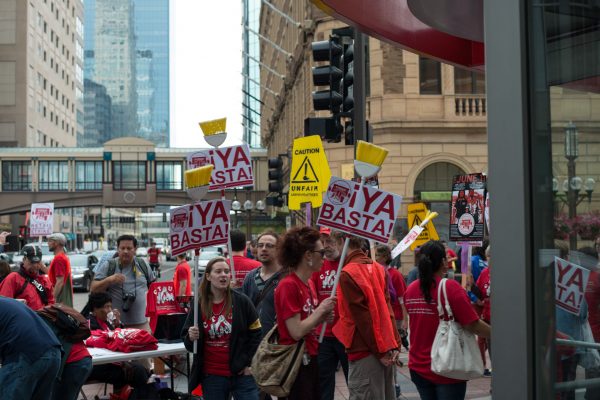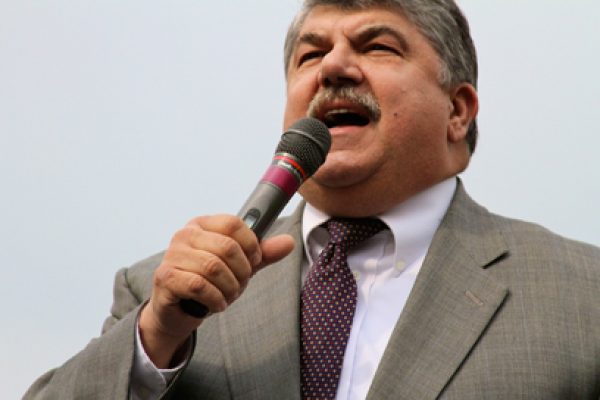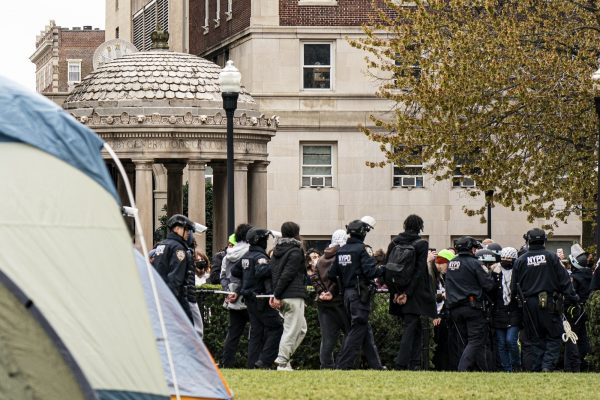This Labor Day brings mixed news about the world of work in the United States.
While public-sector union membership rates have held steady over the last few decades, private-sector figures remain at a record low. Last month Missouri voters rejected a right-to-work law passed in 2017, but similar laws are on the books in 27 other states—including West Virginia, Kentucky, and Arizona, where tens of thousands of striking teachers have protested low wages and bad benefits this year. And in June, the Supreme Court embraced right-to-work thinking as the law of the land, ruling 5-4 in Janus v. AFSCME that public unions’ “fair share fees” violate the First Amendment.
Where does all this leave workers? Is there any hope for a revitalized labor movement in the age of Trump? These pieces from our recent archive explain how we got here and what we can do about it.
—Matt Lord
FDR’s labor secretary had a vision for forward-looking labor and employment policy.
The Democratic Party has hastened the demise of the labor movement, but unions have little choice but to stick with them.
Both liberals and the right have been dismissing unions for years.
Forum
Unions are being strangled by laws that block workers from organizing, striking, and acting in solidarity. Becoming a rights-based movement is the only way to save labor.
